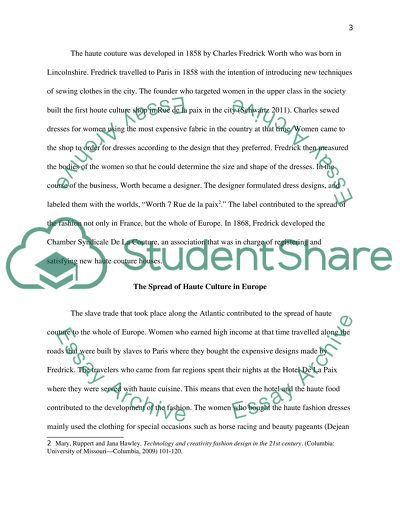Cite this document
(“The Development of the Paris Haute Couture Essay”, n.d.)
The Development of the Paris Haute Couture Essay. Retrieved from https://studentshare.org/visual-arts-film-studies/1488955-the-development-of-the-paris-haute-couture
The Development of the Paris Haute Couture Essay. Retrieved from https://studentshare.org/visual-arts-film-studies/1488955-the-development-of-the-paris-haute-couture
(The Development of the Paris Haute Couture Essay)
The Development of the Paris Haute Couture Essay. https://studentshare.org/visual-arts-film-studies/1488955-the-development-of-the-paris-haute-couture.
The Development of the Paris Haute Couture Essay. https://studentshare.org/visual-arts-film-studies/1488955-the-development-of-the-paris-haute-couture.
“The Development of the Paris Haute Couture Essay”, n.d. https://studentshare.org/visual-arts-film-studies/1488955-the-development-of-the-paris-haute-couture.


